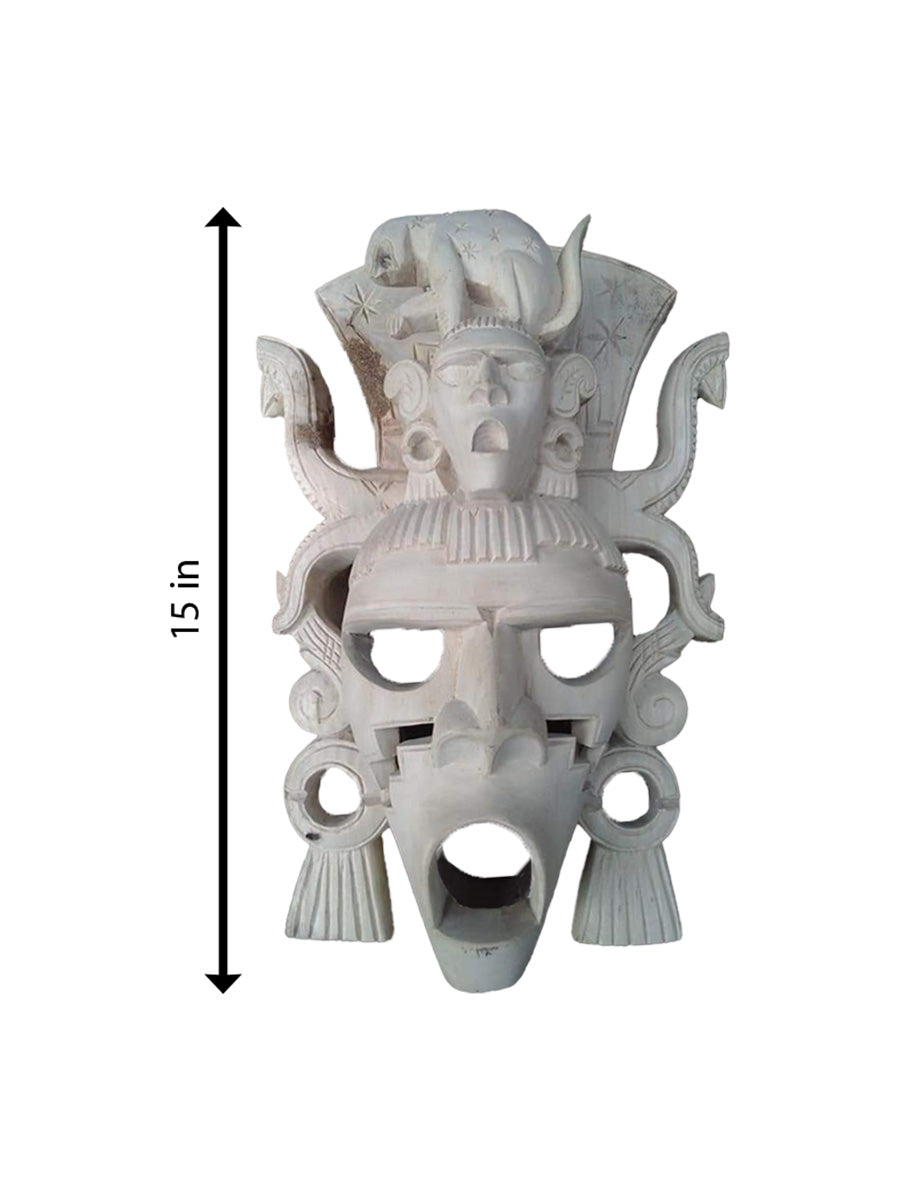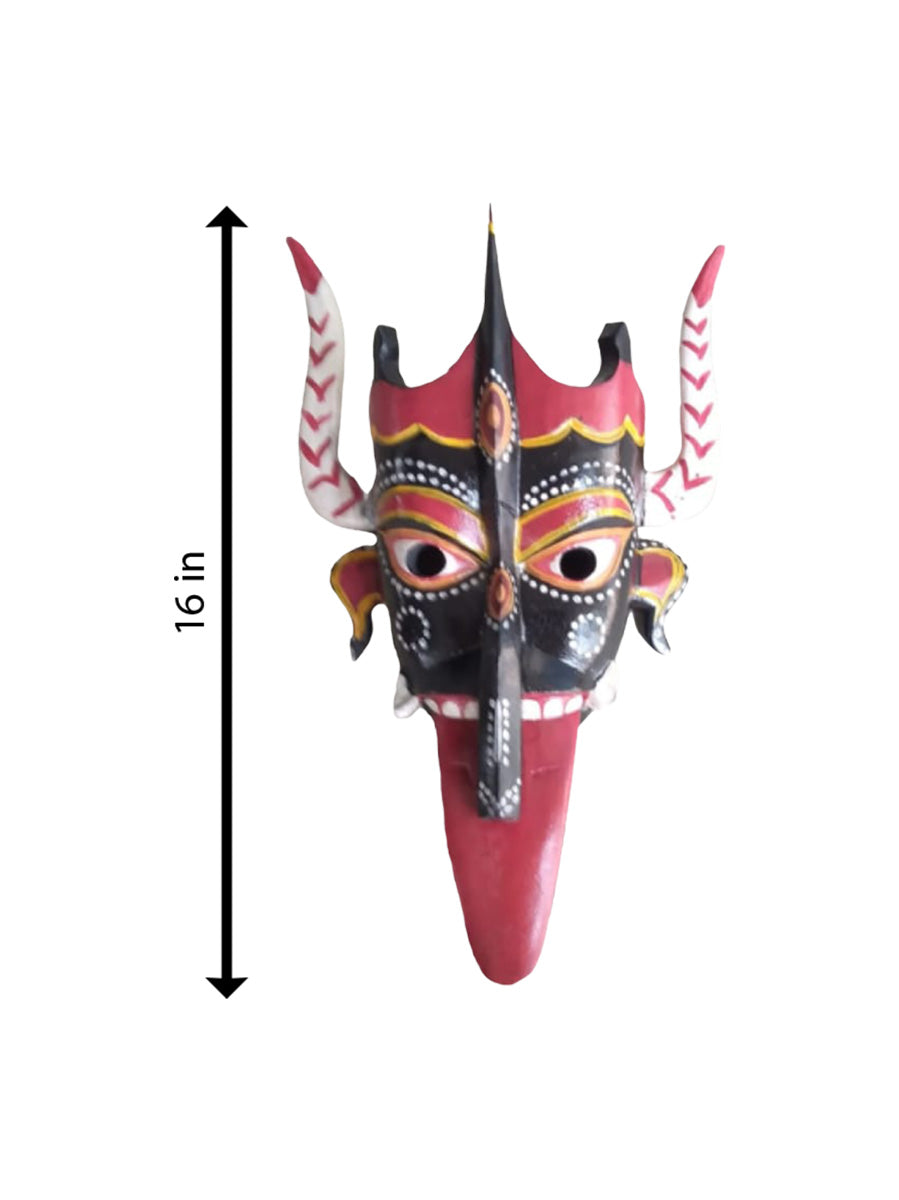Gomira masks are a vibrant and intricate form of traditional art that embodies the cultural and spiritual essence of West Bengal, particularly in the Rajbangshi community of the Dinajpur district. These masks are an integral part of the Gomira dance, a ritualistic performance dedicated to appeasing deities and warding off evil spirits. Celebrated for their bold designs, vivid colors, and symbolic expressions, Gomira masks serve both a functional and artistic purpose, representing a seamless blend of spirituality, folklore, and craftsmanship.
History
The origins of Gomira masks trace back centuries to agrarian communities in Bengal, where rituals were performed to ensure prosperity, protect crops, and invoke divine blessings. The masks are closely associated with the worship of village deities known as Gram Devtas and protector spirits like Shyama, Chamunda, and Dakini. Over time, these rituals evolved into Gomira dances, with masks playing a central role in depicting mythological and folkloric characters. The art form has been preserved and passed down through generations, embodying the deep-rooted spiritual and cultural traditions of rural Bengal.
Subjects
Gomira masks typically represent divine, demonic, and animal forms, each imbued with symbolic significance. Characters include deities such as Shiva, Kali, and Vishnu, as well as mythological creatures like Narasimha and protective spirits. Animal motifs like tigers, serpents, and birds are also common, signifying strength, protection, and harmony with nature. The exaggerated features, such as large eyes, fangs, and sharp teeth, are designed to evoke awe and ward off evil forces, while the vibrant colors reflect joy, energy, and spiritual fervor.
Materials and Making
Crafting a Gomira mask is a meticulous process that combines traditional knowledge with artistic skill. Artisans use locally sourced wood, such as neem or mango, valued for its durability and sacred connotations. The process begins with carving the wood into the desired shape, followed by intricate detailing to highlight the mask's features. Natural pigments derived from minerals, plants, and other organic sources are used to paint the masks, creating a vivid and durable finish. The addition of embellishments like jute, cloth, and metallic foils enhances the visual appeal and dramatic effect of the masks during performances.
Show Less






































